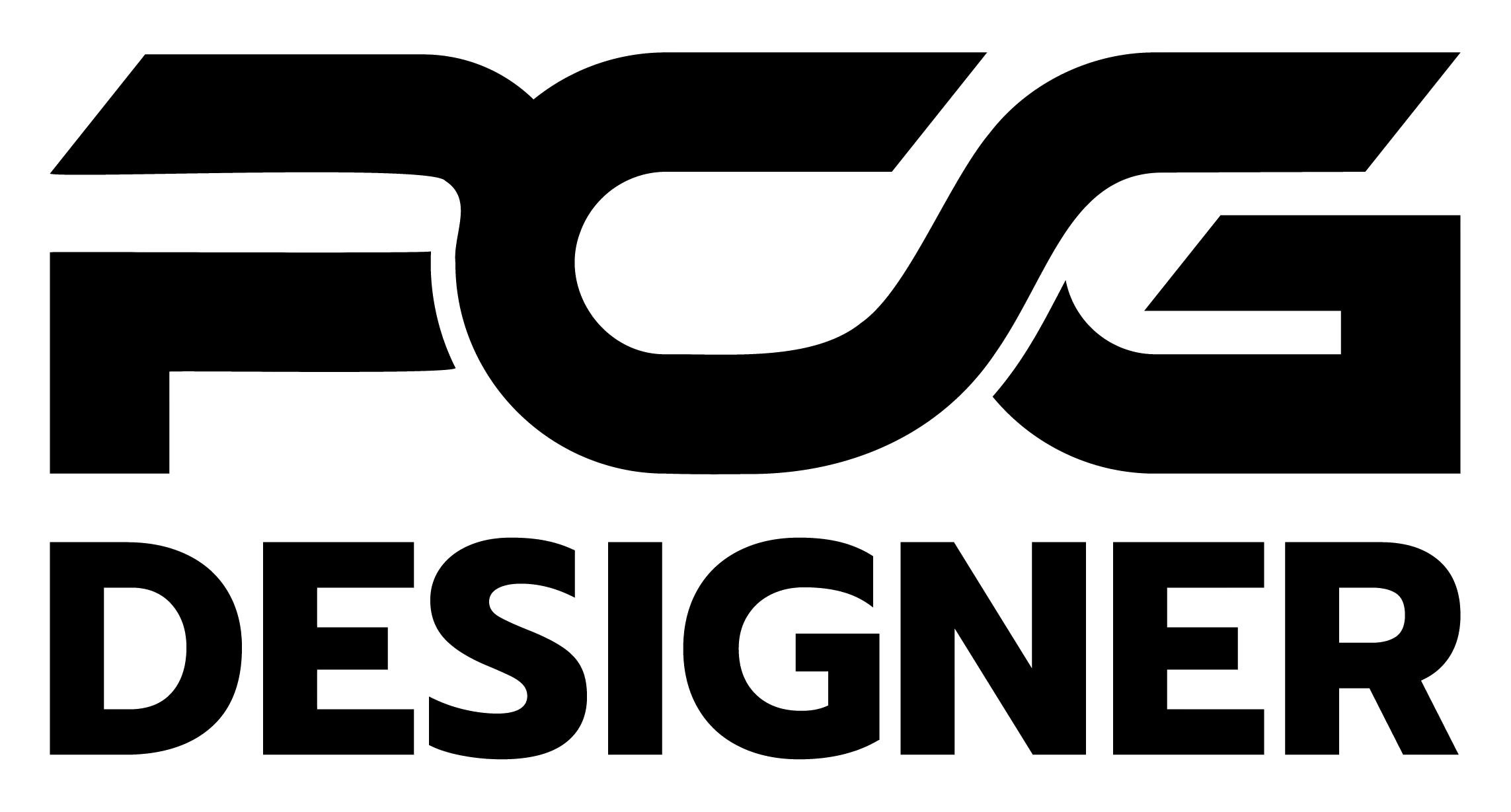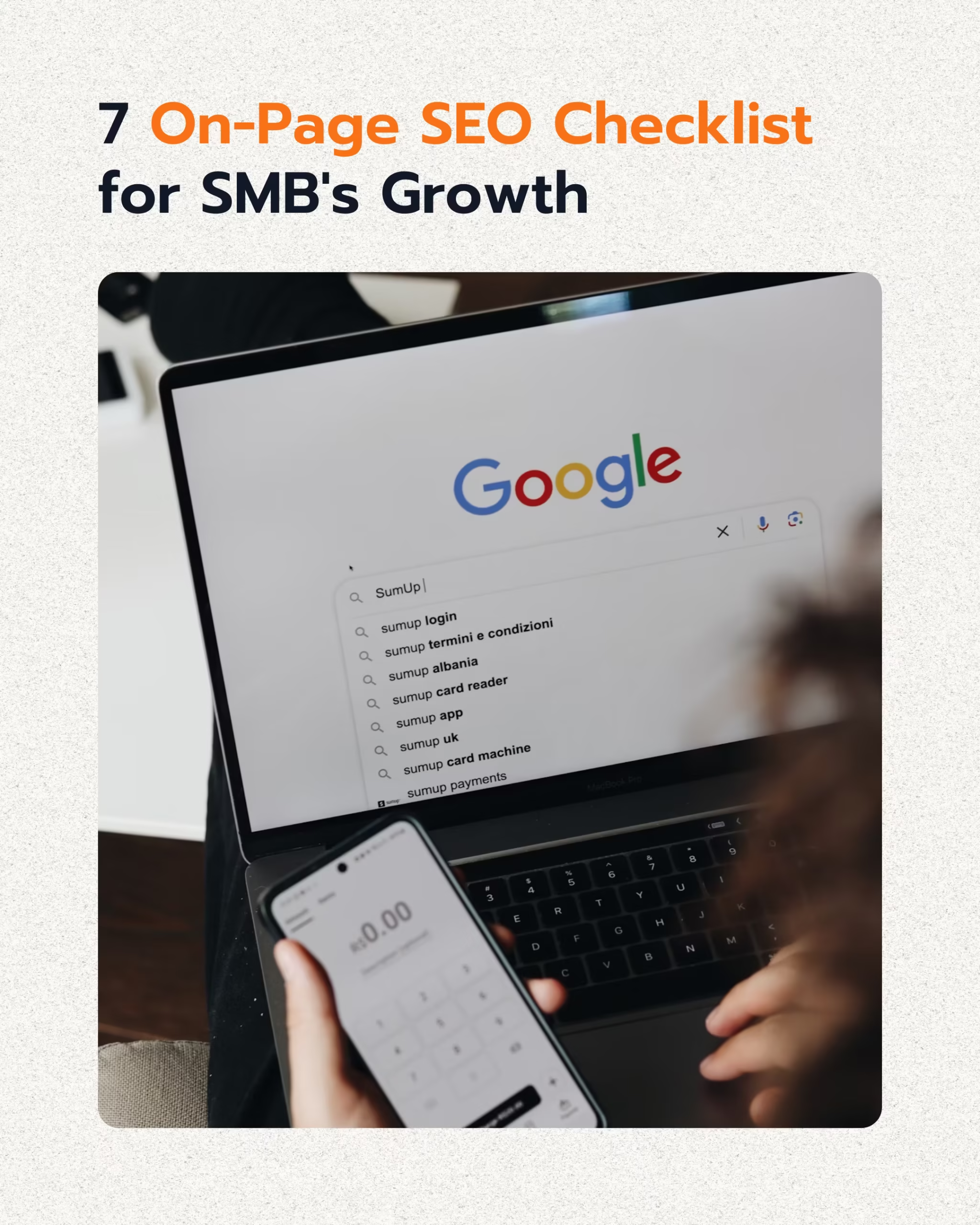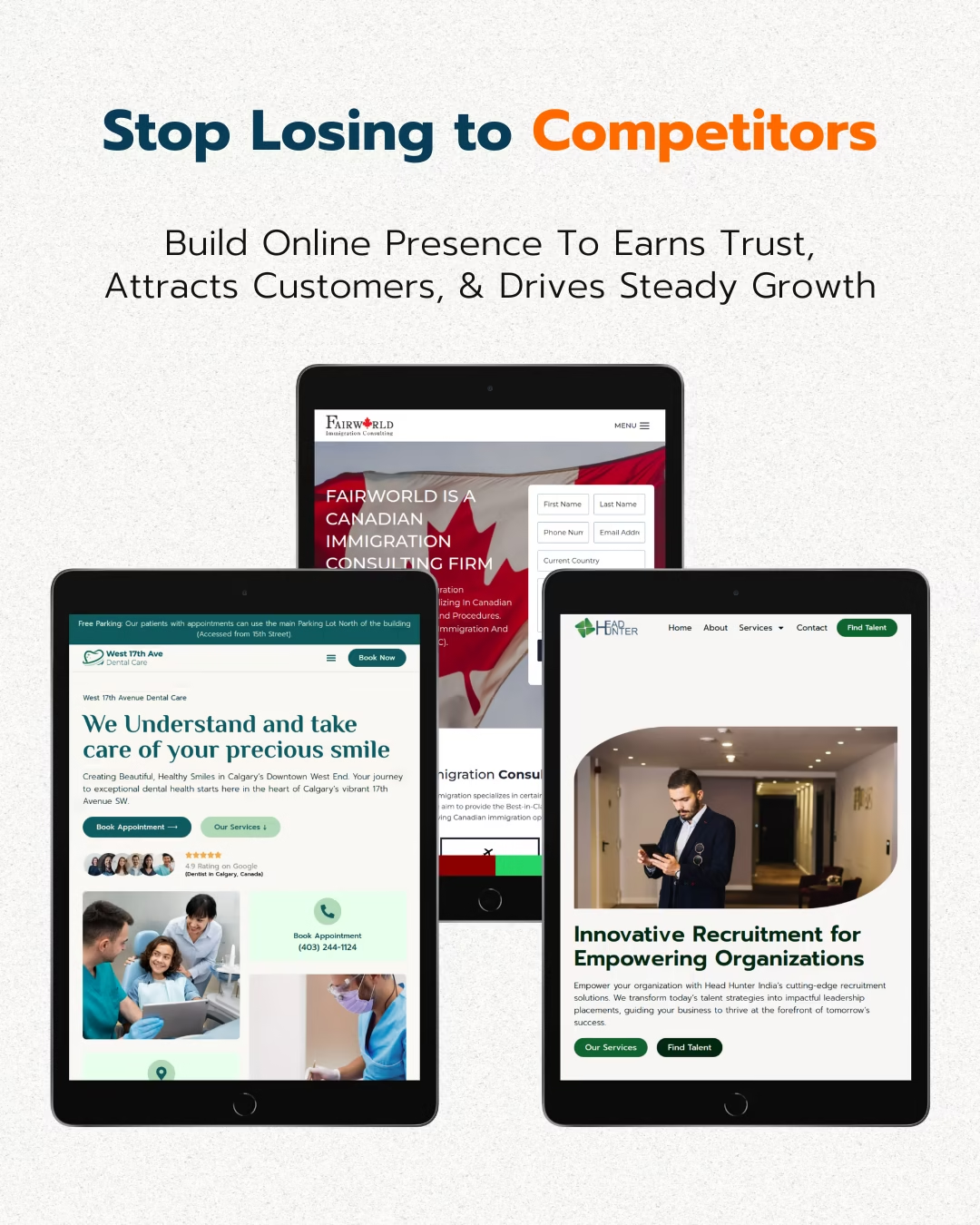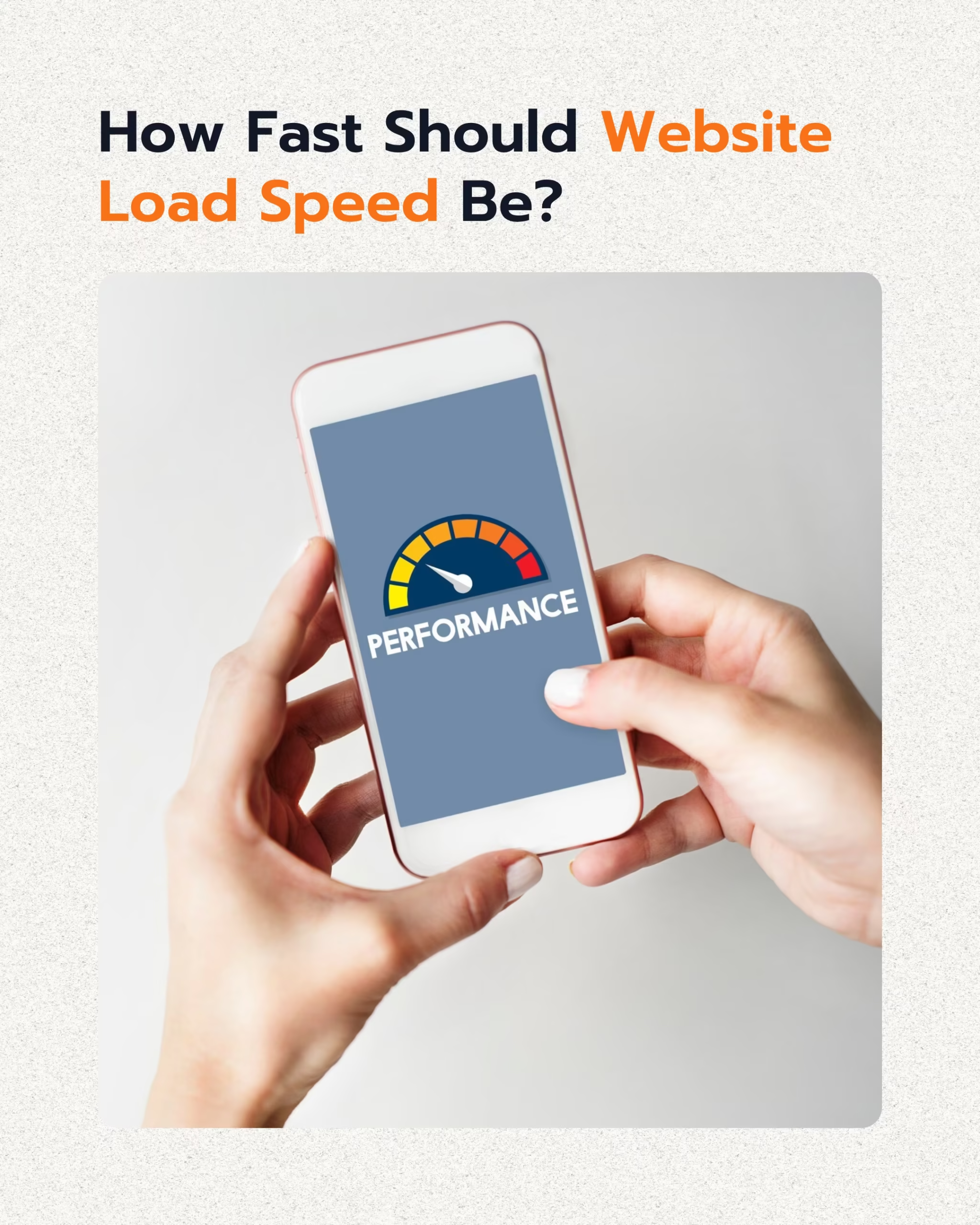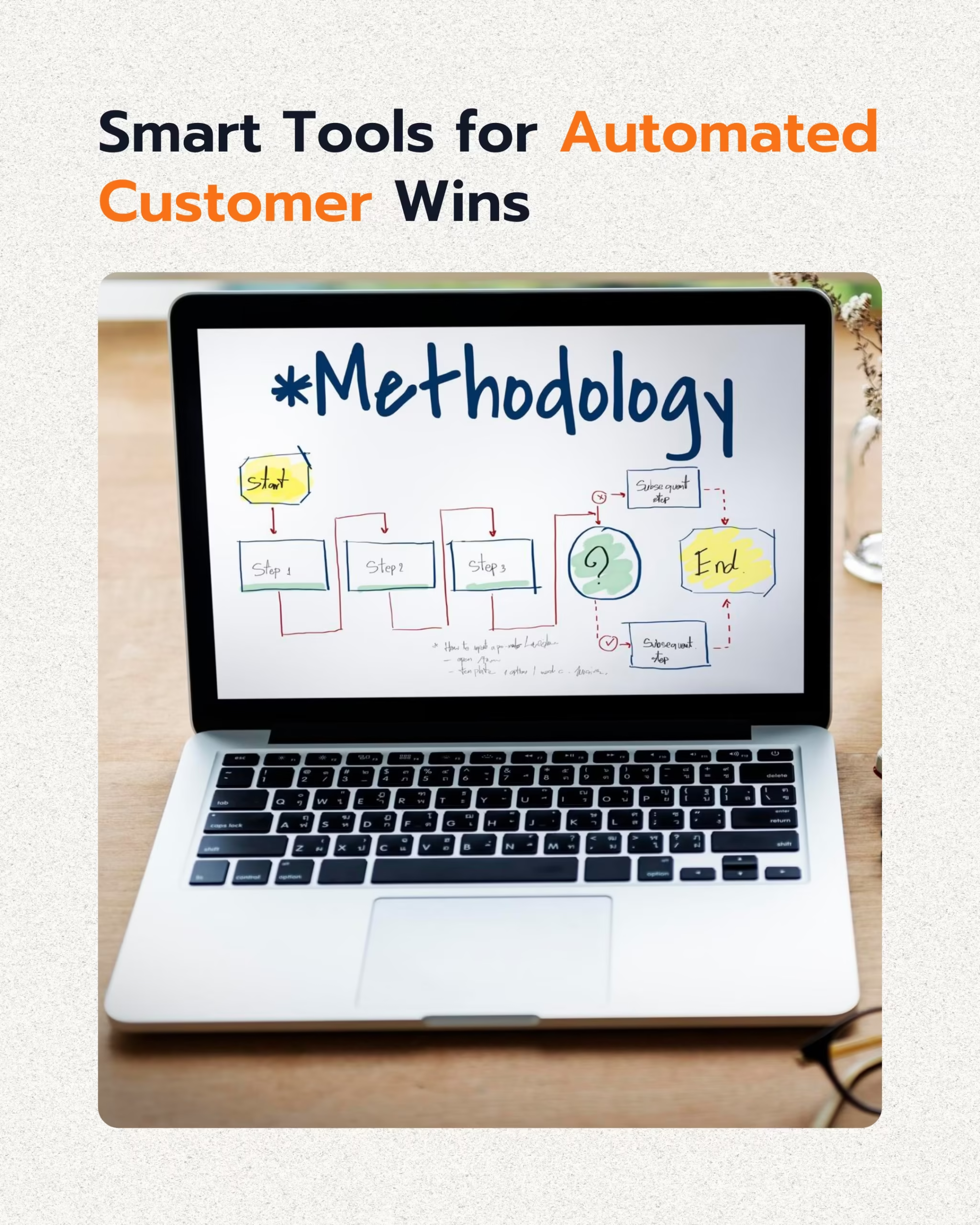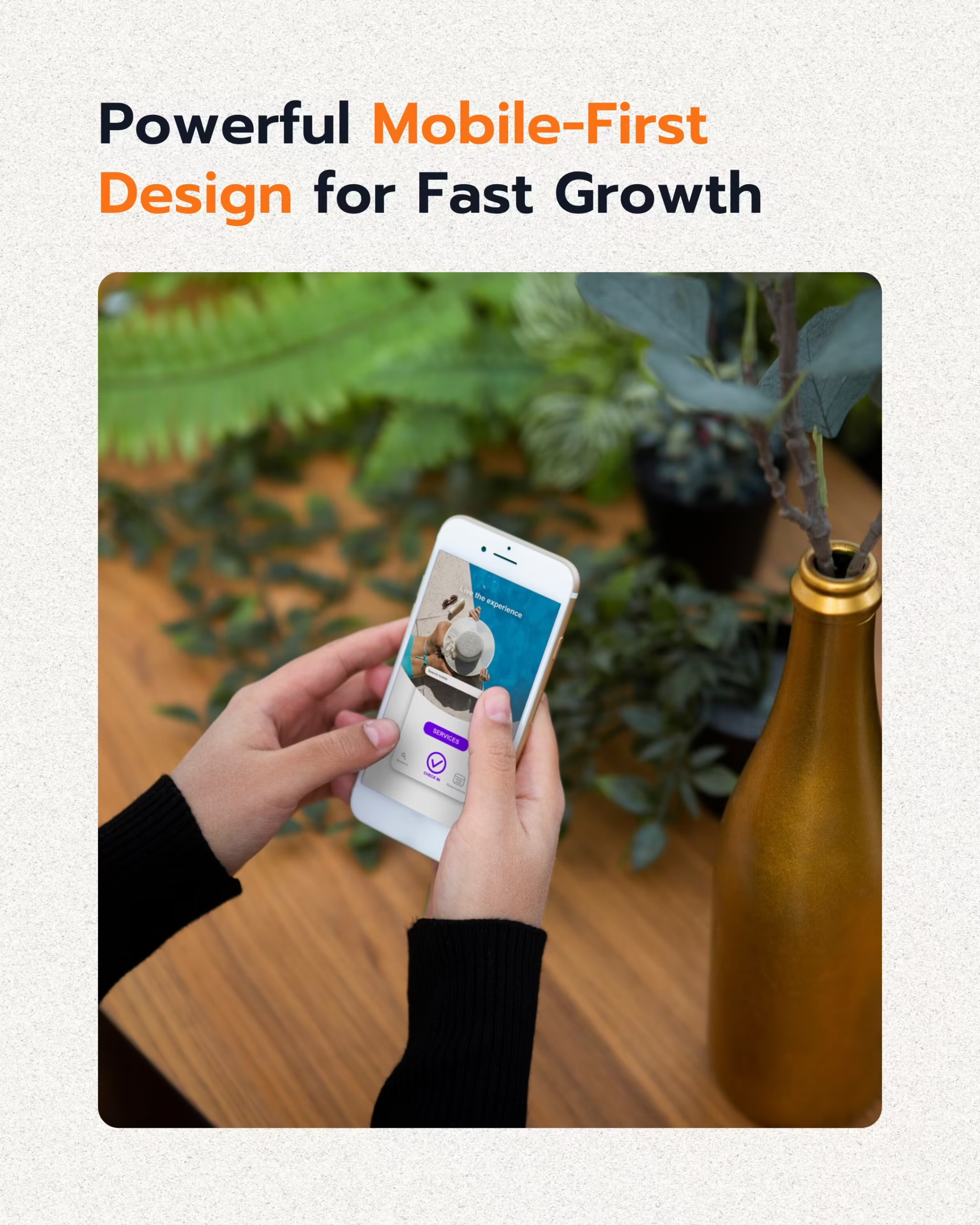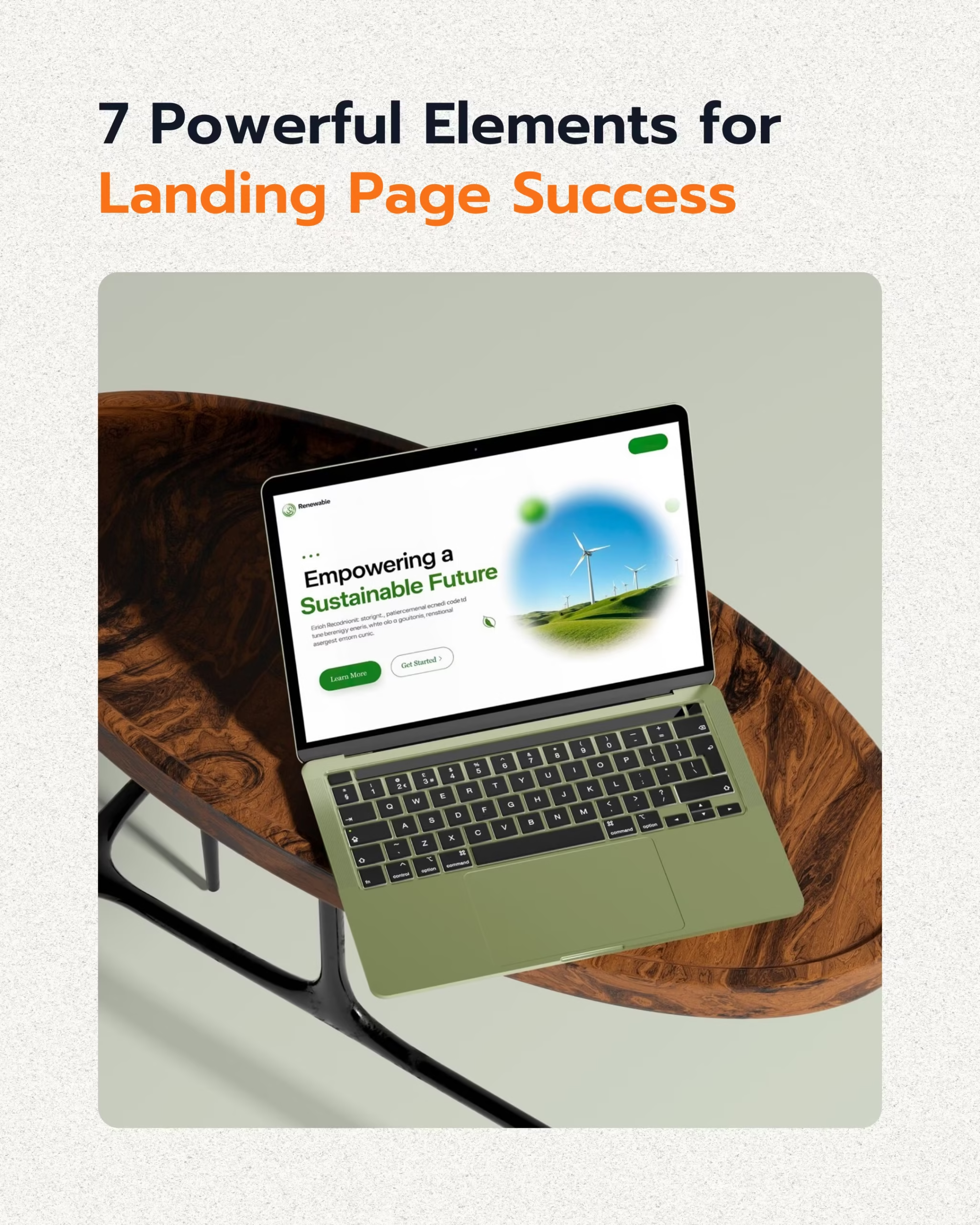Optimizing a small business website for search engines is essential for online visibility and growth. On-page SEO involves optimizing individual web pages to rank higher and earn more relevant traffic in search engine results. This guide presents a critical on-page SEO checklist tailored for small businesses growth, focusing on actionable strategies to improve search performance.
This checklist covers key areas such as keyword integration, content quality, technical optimizations, and local SEO tactics. Implementing these strategies helps businesses attract organic search traffic, convert visitors into customers, and establish a strong digital presence. The SEO market is valued at approximately $72.31 billion in 2025 and is expected to reach $106.15 billion by 2030, growing at a CAGR of 7.98%, underscoring the importance of these efforts.
Keyword Research and Optimization
Effective keyword research forms the foundation of any successful on-page SEO strategy. Identifying the terms your target audience uses to find products or services is paramount. Small businesses must focus on a mix of broad and long-tail keywords, including local variations, to capture relevant search intent.

Identifying Relevant Keywords
Start by understanding your customer’s language. Tools like Google Keyword Planner or SEMrush help uncover search volumes and competition. For small businesses, prioritizing local keywords with city or neighborhood names significantly increases local search performance. For example, a bakery in Austin might target “best sourdough Austin TX” rather than just “best sourdough.”
Strategic Keyword Placement
Once identified, keywords must be integrated naturally across your website. This includes title tags, meta descriptions, headings, and the body content. Avoid keyword stuffing, which can harm your rankings. According to Backlinko, proper keyword use in these elements drives organic search traffic by signaling relevance to search engines.
Keyword Research Best Practices
- Focus on User Intent: Understand what users hope to achieve when searching for a keyword. Are they looking for information, a product, or a local service?
- Target Long-Tail Keywords: These longer, more specific phrases often have lower competition and higher conversion rates. For instance, “affordable web design services for small businesses in Dallas” is more effective than “web design.”
- Analyze Competitors: Examine what keywords your competitors rank for. Tools like Ahrefs or SEMrush can reveal these insights, helping you identify gaps or opportunities.
- Monitor Performance: Regularly track keyword rankings and traffic to adjust your strategy. Google Search Console provides valuable data on how your site performs for specific queries.
| Keyword Type | Description | Search Volume (Est.) | Competition (Est.) | Conversion Potential |
|---|---|---|---|---|
| Broad Keyword | “Coffee Shop” | High | Very High | Low |
| Long-Tail Keyword | “Best organic coffee shop downtown Seattle” | Medium | Medium | High |
| Local Keyword | “Coffee shop near me” | High | Medium | Very High |
Content Quality and Optimization
High-quality, relevant content is a cornerstone of effective on-page SEO. Search engines prioritize content that provides value to users, answering their questions comprehensively and accurately. For small businesses, this means creating content that showcases expertise and addresses customer needs.

Creating In-Depth and Valuable Content
Content over 3,000 words generates 3x more traffic, 4x more shares, and 3.5x more backlinks, highlighting the need for in-depth, high-quality content. This does not mean simply writing more; it means covering a topic thoroughly, providing unique insights, and offering actionable advice. For example, a local plumbing service might publish a detailed guide on “Preventative Home Plumbing Maintenance Tips for Dallas Residents.”
Readability and Structure
Even the most informative content needs to be readable. Break text into short paragraphs, use subheadings, bullet points, and numbered lists. This improves user experience and helps search engines understand the content’s structure. WooRank and other SEO studies show that top-ranked pages often contain around 2,000 words, providing deep, comprehensive content that satisfies search intent.
Mobile-Friendliness
Content must be mobile-friendly as 92.3% of users access the internet via mobile. Responsive design ensures your content adapts to any screen size, providing a seamless experience for all users. Google’s mobile-first indexing means your mobile site is the primary version used for ranking.
Key Elements of Optimized Content
- Unique Value Proposition: Does your content offer something distinct from competitors?
- Comprehensive Coverage: Does it answer all potential questions a user might have about the topic?
- Engaging Format: Is it easy to read, with clear headings, lists, and visuals (if applicable)?
- Freshness: Is the content up-to-date and relevant to current trends or information?
- Authoritative Sources: Does it cite credible sources to back up claims?
Meta Tags Optimization
Meta tags, specifically title tags and meta descriptions, are critical for attracting clicks from search engine results pages (SERPs). They act as your website’s advertisement in search results, influencing user decisions even before they visit your page.

Crafting Effective Title Tags
The title tag is often the first interaction a user has with your content in search results. Gaurav Sharma, founder and CEO of Attrock, emphasizes, “Optimizing your title tags is one of the most crucial SEO strategies because it’s often the first thing both search engines and users see. Use concise, keyword-rich titles under 65 characters that reflect user intent to improve click-through rates.” [6] A small e-commerce business focused on “organic skincare” boosted its organic traffic by 28% within 3 months after refining title tags with targeted keywords and buyer intent phrases like “best organic face creams 2025.”
Writing Compelling Meta Descriptions
Meta descriptions provide a brief summary of your page’s content. While not a direct ranking factor, a well-written meta description significantly impacts click-through rates (CTR). Seobility highlights meta descriptions as a powerful on-page ranking factor: “An enticing meta description complements the title tag by summarizing the page content and encouraging users to click. Keep meta descriptions under 160 characters and include the main keyword naturally.” Featured snippets, often derived from well-structured content and meta descriptions, have the highest CTR at 42.9%.
Meta Tag Best Practices
- Include Primary Keyword: Place your main keyword naturally in both the title tag and meta description.
- Keep it Concise: Title tags should be under 60-65 characters, and meta descriptions under 150-160 characters to avoid truncation in SERPs.
- Be Unique: Every page should have a unique title tag and meta description that accurately reflects its content.
- Add a Call-to-Action (CTA): For meta descriptions, consider adding phrases like “Learn More,” “Shop Now,” or “Get a Quote” to encourage clicks.
- Highlight Benefits: Describe what users will gain by clicking on your link.
Site Speed and Mobile Optimization
Website loading speed and mobile optimization and responsiveness are critical factors for both user experience and search engine rankings. Slow sites frustrate users and lead to higher bounce rates, while non-mobile-friendly sites are penalized by Google.

Improving Website Loading Speed
Website mobile optimization and loading speed directly affects rankings and user retention. Studies show that a one-second delay in page load time can result in a 7% reduction in conversions. Tools like Google PageSpeed Insights help identify areas for improvement. Common culprits for slow loading include large images, unoptimized code, and excessive server requests. For example, a local restaurant website that optimized its image sizes and leveraged browser caching saw a 40% reduction in load time, leading to a noticeable increase in online reservations.
Ensuring Mobile Responsiveness
Since mobile use dominates, responsive design and fast loading on mobile devices are critical. Backlinko emphasizes that a mobile-friendly website is no longer optional; it is a necessity. A responsive design ensures your website automatically adjusts to different screen sizes, providing an optimal viewing experience across all devices. This is particularly important for small businesses, as many local searches originate from mobile devices.
Strategies for Speed and Mobile Optimization
- Optimize Images: Compress images without sacrificing quality. Use modern formats like WebP.
- Minify CSS and JavaScript: Remove unnecessary characters from code files to reduce their size.
- Leverage Browser Caching: Store static files on users’ browsers so they load faster on repeat visits.
- Choose a Fast Hosting Provider: A reliable host with good server response times makes a significant difference.
- Implement a Content Delivery Network (CDN): CDNs distribute your content across multiple servers, delivering it faster to users based on their geographic location.
| Page Load Time | Bounce Rate Increase | Conversion Rate Decrease | User Perception |
|---|---|---|---|
| 1 second | N/A | N/A | Excellent |
| 3 seconds | +32% | -7% | Acceptable |
| 5 seconds | +90% | -15% | Poor |
Internal Linking and URL Structure
A well-organized website with a logical internal linking structure and clean URLs benefits both users and search engines. It improves navigation, distributes link equity, and helps search engines understand the hierarchy of your content.

Optimizing Internal Linking
Internal links connect one page of your website to another. Proper site architecture helps crawlers index pages efficiently and distributes link equity for better ranking. Seobility underlines internal links as crucial for distributing authority and boosting user navigation. For example, a blog post discussing “benefits of organic produce” could link to a product page selling organic vegetables, using “organic vegetables” as anchor text.
Creating Clean and Descriptive URL Structures
URLs should be human-readable and contain keywords relevant to the page’s content. Swydo recommends clear, descriptive URLs with keywords to improve crawlability and user trust. For example, www.example.com/services/plumbing-repair-dallas is far better than www.example.com/page?id=123&cat=456. Clean URLs improve usability and SEO by providing context to both users and search engines.
Internal Linking and URL Best Practices
- Use Descriptive Anchor Text: The text used for internal links should be relevant to the linked page’s content.
- Create a Logical Hierarchy: Organize your website content into categories and subcategories, linking related pages together.
- Avoid Orphan Pages: Ensure every page on your site can be reached through at least one internal link.
- Keep URLs Short and Simple: Remove unnecessary words or parameters.
- Use Hyphens for Separators: Separate words in URLs with hyphens (e.g.,
small-business-seo) rather than underscores or spaces.
Why Internal Linking Matters
- Improved User Navigation: Helps visitors find related content easily, increasing time on site.
- Better Crawlability: Search engine bots can discover and index more pages on your site.
- Distribution of Page Authority: Passes “link juice” from stronger pages to weaker ones, boosting their ranking potential.
- Contextual Relevance: Anchor text provides search engines with context about the linked page.
Local SEO Enhancements for Small Businesses
For small businesses with physical locations or services tied to a specific geographic area, local SEO is non-negotiable. It helps attract customers searching for businesses “near me” or within a particular city.

Optimizing Google Business Profile (GBP)
Claiming and optimizing your Google Business Profile is the single most impactful local SEO action. 46% of Google searches have local intent, and “near me” searches grew 500% in 5 years. Optimized GBPs lead to 70% more location visits and 21,643 views annually. Ensure your business name, address, phone number (NAP), hours, and services are accurate and consistent across all online directories.
Local Keyword Integration
Integrate local keywords into your website content, meta tags, and even image alt text. For example, a boutique in Miami might have pages optimized for “women’s fashion boutique Miami Beach” or “unique gifts Wynwood.” This signals to search engines your relevance for local searches.
Local SEO Strategies
- NAP Consistency: Ensure your Name, Address, and Phone number are identical across your website, GBP, and all online directories.
- Local Content Creation: Write blog posts or service pages that address local events, news, or specific needs of your community.
- Schema Markup: Implement local business schema markup on your website to provide structured data about your business to search engines.
- Local Citations: Get listed in relevant online directories like Yelp, Yellow Pages, and industry-specific local listings.
- Geo-Targeting: Use Google Search Console’s international targeting settings to specify your target country or region.
| Local SEO Factor | Impact on Visibility | Conversion Benefit | Example |
|---|---|---|---|
| Optimized GBP | High (local pack, maps) | 70% more location visits | “Best pizza near me” search |
| NAP Consistency | Medium (trust, accuracy) | Reduced customer confusion | Consistent hours on Google & Yelp |
| Local Keywords | High (specific searches) | Attracts ready-to-buy customers | “Electrician services San Diego” |
Customer Reviews Management
Customer reviews are a powerful form of social proof that significantly impacts a small business’s online reputation, local SEO, and consumer trust. Managing and encouraging reviews is a critical on-page and local SEO strategy.

Encouraging Positive Reviews
Businesses with strong reviews are seen as 2.7x more reputable and benefit local SEO directly. Actively ask satisfied customers for reviews on platforms like Google, Yelp, and industry-specific sites. Make the review process easy by providing direct links or QR codes. For instance, a dental practice might send a follow-up email after an appointment with a link to leave a Google review.
Managing and Responding to Reviews
Both positive and negative reviews require a response. Responding to reviews, especially negative ones, shows that you care about customer feedback and are committed to resolving issues. This transparency can turn a negative experience into a positive one for future potential customers. Google’s algorithm also favors businesses that actively engage with their reviews.
Benefits of Customer Reviews
- Increased Trust and Credibility: Consumers trust peer recommendations more than traditional advertising.
- Improved Local SEO Rankings: Reviews are a significant local ranking factor, especially on Google Business Profile.
- Enhanced Click-Through Rates: Star ratings in SERPs make your listing stand out, encouraging more clicks.
- Valuable Feedback: Reviews provide insights into customer satisfaction and areas for improvement.
- Content Generation: Reviews can provide fresh, user-generated content for your website and social media.
Review Management Best Practices
- Ask at the Right Time: Request reviews when customers are most satisfied, such as after a successful service or purchase.
- Diversify Platforms: Encourage reviews on multiple relevant platforms, not just Google.
- Respond Promptly: Aim to respond to all reviews within 24-48 hours.
- Be Professional: Maintain a polite and helpful tone, even when addressing negative feedback.
- Learn from Feedback: Use insights from reviews to improve your products or services.
On‑page SEO FAQs
How do I start with on-page SEO for my small business website?
Begin by conducting thorough keyword research to understand what your target audience searches for. Then, optimize your title tags and meta descriptions with these keywords. Focus on creating high-quality, comprehensive content that addresses user intent and ensures your website is mobile-friendly.
What are the most important on-page SEO factors for small businesses?
The most important factors include keyword research and placement, high-quality content, optimized title tags and meta descriptions, fast site speed, mobile responsiveness, proper internal linking, and robust local SEO (especially Google Business Profile optimization). These elements directly influence search rankings and user experience.
Why should small businesses prioritize local SEO?
Small businesses should prioritize local SEO because a significant portion of online searches have local intent, with many users looking for nearby products or services. Optimizing for local search helps attract customers in your geographic area, leading to increased foot traffic and conversions. For example, 46% of Google searches have local intent.
When should I update my website’s content for SEO?
Update your website’s content regularly to keep it fresh, accurate, and relevant. This includes refreshing statistics, adding new information, and expanding on existing topics. Long-form content performs well: content over 3,000 words can generate about 3x more traffic, so continuous improvement is key.
How does site speed affect my website’s SEO?
Site speed is a direct ranking factor for Google. Faster loading times improve user experience, reduce bounce rates, and contribute to higher search rankings. Slow sites can lead to frustration and lost potential customers, as users often abandon pages that take too long to load.
What is the ideal length for a blog post for SEO?
While there’s no strict rule, content around 2,000 words tends to perform well in search results. The focus should be on comprehensiveness and value, not just word count. Longer, in-depth content often provides more opportunities for keyword integration and demonstrates authority. (See on-page guidance at Woorank.)
Are meta descriptions still important for SEO?
Yes, meta descriptions are still important. While they are not a direct ranking factor, a well-crafted meta description significantly influences click-through rates (CTR) from search results. An enticing description encourages users to click on your link, increasing organic traffic.
How do internal links help my website’s SEO?
Internal links help search engines discover and index more pages on your site, distribute “link juice” or authority across your content, and improve user navigation. They also provide contextual relevance through anchor text, helping search engines understand the topic of linked pages.
What role do customer reviews play in on-page SEO?
Customer reviews are vital for local SEO and building trust. Positive reviews boost your business’s reputation and can improve local search rankings, especially on Google Business Profile. They also provide fresh content and influence potential customers’ purchasing decisions.
Should I use images on my website for SEO?
Yes, use images. Images enhance user engagement and break up text, improving readability. For SEO, ensure images are optimized by compressing them, using descriptive file names, and adding keyword-rich alt text. This helps search engines understand the image content and can drive traffic from image searches.
How often should I check my website’s SEO performance?
Regularly monitor your website’s SEO performance, ideally monthly or quarterly. Use tools like Google Analytics and Google Search Console to track keyword rankings, organic traffic, bounce rates, and conversions. This allows you to identify trends, address issues, and refine your strategy.
What is the difference between on-page and off-page SEO?
On-page SEO refers to optimizations made directly on your website, such as content, keywords, meta tags, and site speed. Off-page SEO involves activities done outside your website to improve its ranking, primarily through building backlinks from other reputable websites. Both are crucial for a comprehensive SEO strategy.
Conclusion
Implementing a robust on-page SEO checklist is fundamental for any small business aiming to succeed online. By focusing on keyword research, high-quality content, optimized meta tags, site speed, mobile responsiveness, logical internal linking, and strong local SEO, businesses can significantly improve their search engine visibility. These strategies not only help attract more organic traffic but also enhance user experience, leading to higher engagement and conversions. Consistent effort and adaptation to evolving SEO trends are key to long-term success in the competitive digital landscape.
